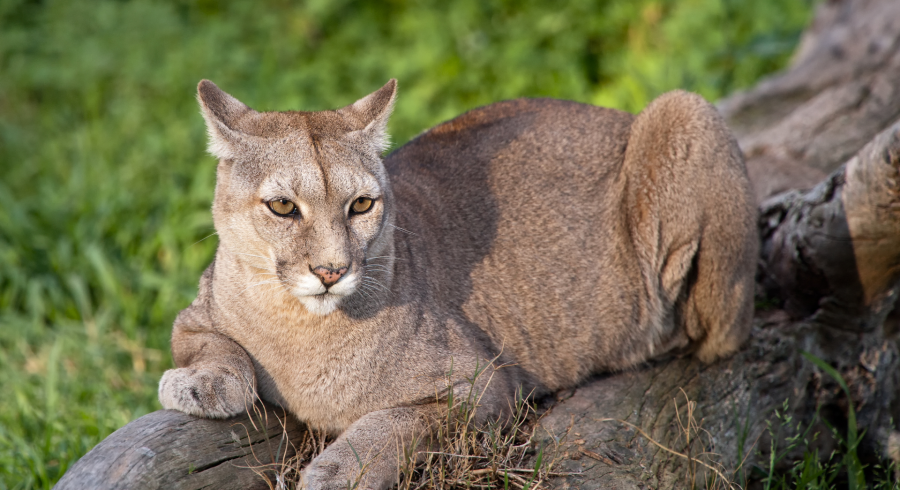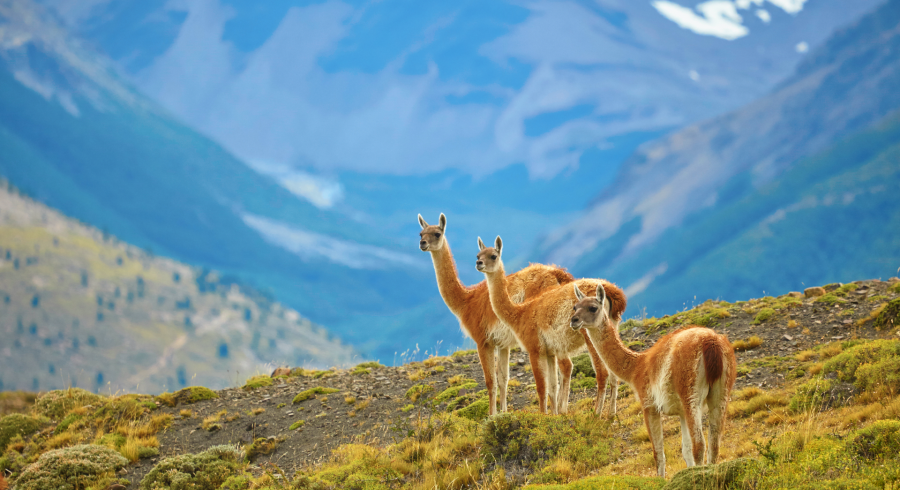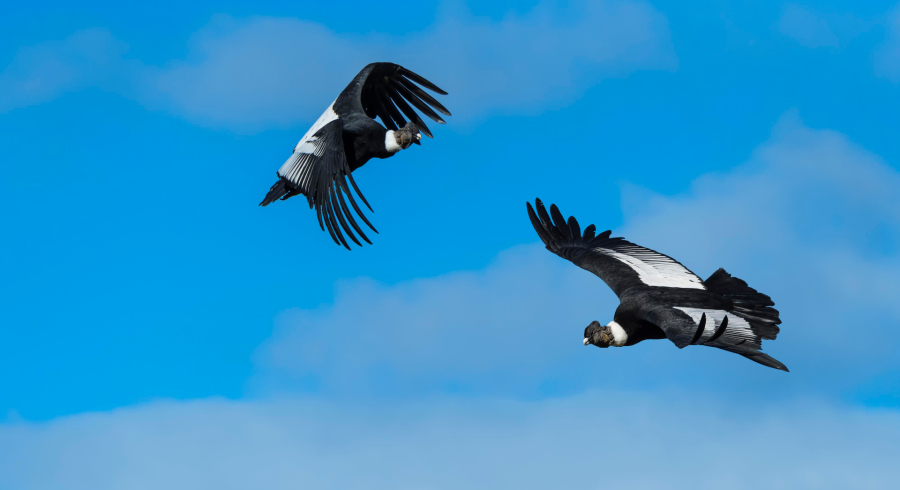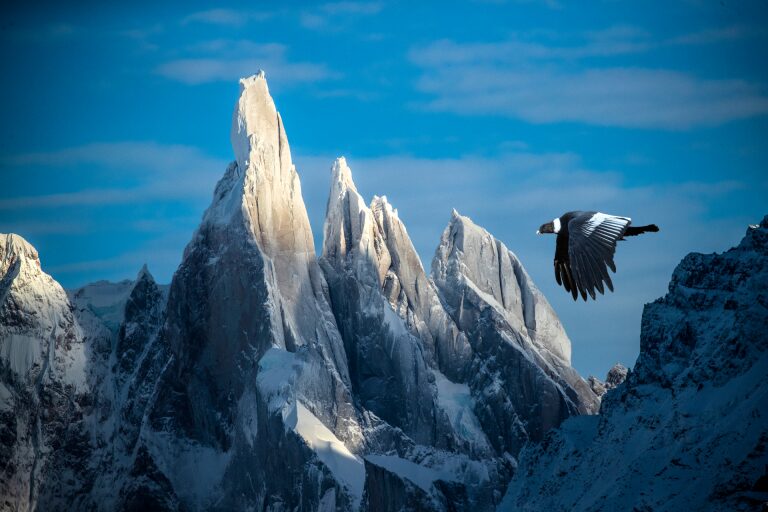Across the vast expanse of wilderness in Argentinian and Chilean Patagonia, visit the compelling medley of animals and birds that thrive in this unspoiled Eden
4 min
Author: Harini Sriram
Patagonia is a dramatic, windswept wilderness of glacier-cleaved landscapes. This vast region, spanning over 400,000 square miles of Argentina and Chile, has nine national parks, including Torres del Paine, Los Glaciares National Park, and the Valdes Peninsula. It is, without doubt, one of the foremost reasons to travel to South America.
Join one of our Patagonia trips to experience this incredible outback. You may spot a sleek Andean puma resting in the grasslands or guanacos scampering up rugged mountains. Catch sea lions and penguins that throng rocky ocean shores, or explore the promise of a wealth of marine life, from southern right whales to elephant seals and dolphins.
Our Patagonia hiking tours take you to majestic glaciers, across sprawling grasslands and lush forests, beside sparkling lakes and lagoons—with many opportunities to observe the region’s stunning terrain, its diverse animals and birds. Experience the wonder of Argentina’s wildlife on an immersive trip to Patagonia with stops at Puerto Madryn and the wetlands of Ibera.
On this virtual escape, we showcase a small fraction of Patagonia’s stunning wildlife.



Click Here to Read the Full Original Article at Enchanting Travels…
